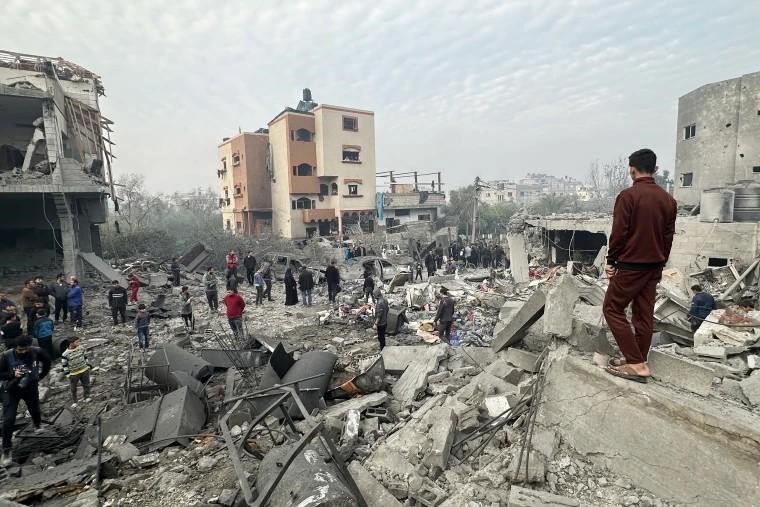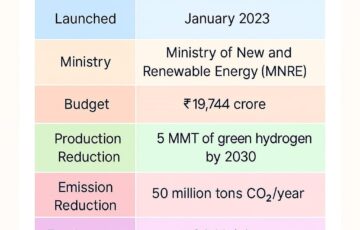Israel-Hamas Ceasefire Agreement Finalized After Intense Mediation
Why in the news?
A ceasefire deal between Israel and Hamas was mediated by Qatar, marking a phased agreement for hostages and prisoner exchanges. It includes significant military withdrawals by Israel and impacts Gaza’s governance and regional stability.
Key Details of the Israel-Hamas Ceasefire Agreement
- Mediated by Qatar, the agreement initiates a 42-day phased ceasefire in Gaza starting Sunday.
- Hamas will release 33 hostages, while Israel commits to freeing 900–1,650 Palestinian detainees, including all arrested since October 7, 2023.
- The Israeli Defense Forces (IDF) will withdraw from central Gaza, the Netzarim Corridor, and gradually vacate the Philadelphi Corridor along the Gaza-Egypt border.
Negotiation History and Factors Leading to the Agreement
- A similar “Biden Plan” was proposed in May 2024 but was rejected by Israel due to Hamas’s last-minute amendments.
- Recent developments, including the decapitation of Hamas leadership and changes in Israel’s coalition dynamics, allowed progress.
- S. and Qatari mediation, along with Trump’s Middle East envoy’s involvement, facilitated the deal’s finalization.
Implications and Future Prospects for Israel and Hamas
- For Hamas: The ceasefire provides a lifeline, allowing time to rebuild despite significant leadership losses. Hamas aims to secure a continued role in Gaza’s governance, akin to Hezbollah in Lebanon.
- For Israel: Although Israel weakened the Iranian axis and Hamas leadership, its military goal of removing Hamas from Gaza remains unfulfilled. The hostage release is a domestic victory but may spark political backlash for Netanyahu.
- Phases two and three involve full border reopening, reconstruction in Gaza, and further negotiations, with implications for future governance in the region.
Sources Referred:
PIB, The Hindu, Indian Express, Hindustan Times





